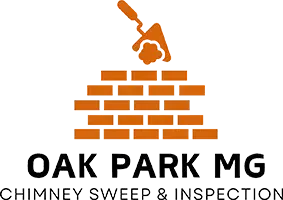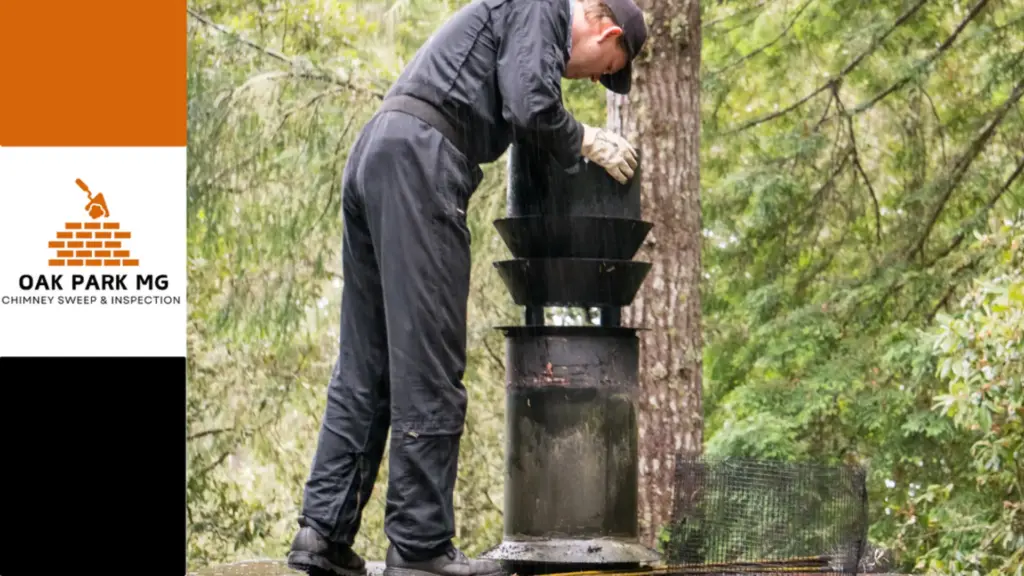A chimney is more than just a passage for smoke, it plays a crucial role in home safety and ventilation. Over time, exposure to extreme temperatures, moisture, and natural wear can compromise its integrity, leading to structural weaknesses that may go unnoticed. A thorough chimney inspection helps identify these vulnerabilities before they develop into costly repairs or serious hazards, ensuring the long-term stability of the system.
Identifying Cracks and Masonry Deterioration
Brick and mortar chimneys endure constant exposure to the elements, making them susceptible to cracks, crumbling mortar joints, and overall structural weakening. Small fissures may not seem urgent, but they allow moisture to seep into the masonry, leading to further degradation over time. Freeze-thaw cycles can accelerate this process, causing bricks to loosen or spall. Routine evaluations detect these early signs of deterioration, allowing for timely repairs that prevent more extensive damage.
Detecting Weaknesses in the Chimney Liner
The chimney liner serves as a protective barrier between the high temperatures inside the flue and the home’s surrounding structure. When the liner becomes cracked, corroded, or improperly fitted, it increases the risk of heat transfer to combustible materials, potentially leading to chimney fires. A professional inspection assesses the condition of the liner, ensuring that it remains intact and capable of withstanding the intense heat produced during fireplace use.
Addressing Foundation Shifts and Structural Instability
A chimney is only as strong as the foundation supporting it. Over time, settling or shifting of a home’s foundation can cause the chimney to lean or separate from the structure. This misalignment may lead to gaps, compromised ventilation, and even collapse if left unchecked. A comprehensive chimney inspection evaluates the alignment and stability of the entire structure, identifying any shifts that may indicate foundational concerns.
Preventing Long-Term Structural Failures
Minor issues such as loose bricks, damaged flashing, or missing chimney caps may seem insignificant, but they can contribute to larger structural problems when ignored. Water infiltration through small cracks weakens the entire system, while gaps in the flashing allow moisture to penetrate the roofline. Regular inspections help prevent these minor defects from escalating into significant structural failures, preserving the longevity and safety of the chimney.
By identifying and addressing structural weaknesses early, chimney inspections play a vital role in maintaining a safe and functional chimney system. Whether detecting masonry deterioration, evaluating the chimney liner, or assessing foundational stability, routine assessments help homeowners prevent costly repairs and ensure long-term durability. Investing in preventative maintenance safeguards both the chimney and the home, offering peace of mind with every use.
Learn more:
How Chimney Inspection Spots Ventilation and Airflow Issues
Why Chimney Inspection Identifies Problems Before They Escalate

